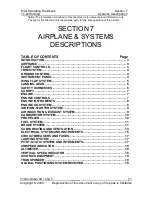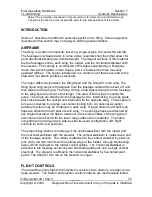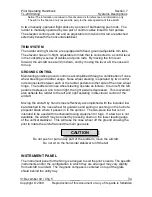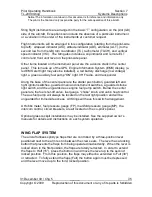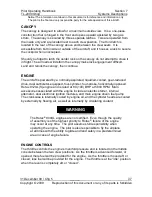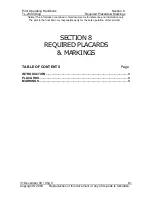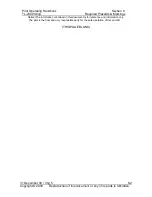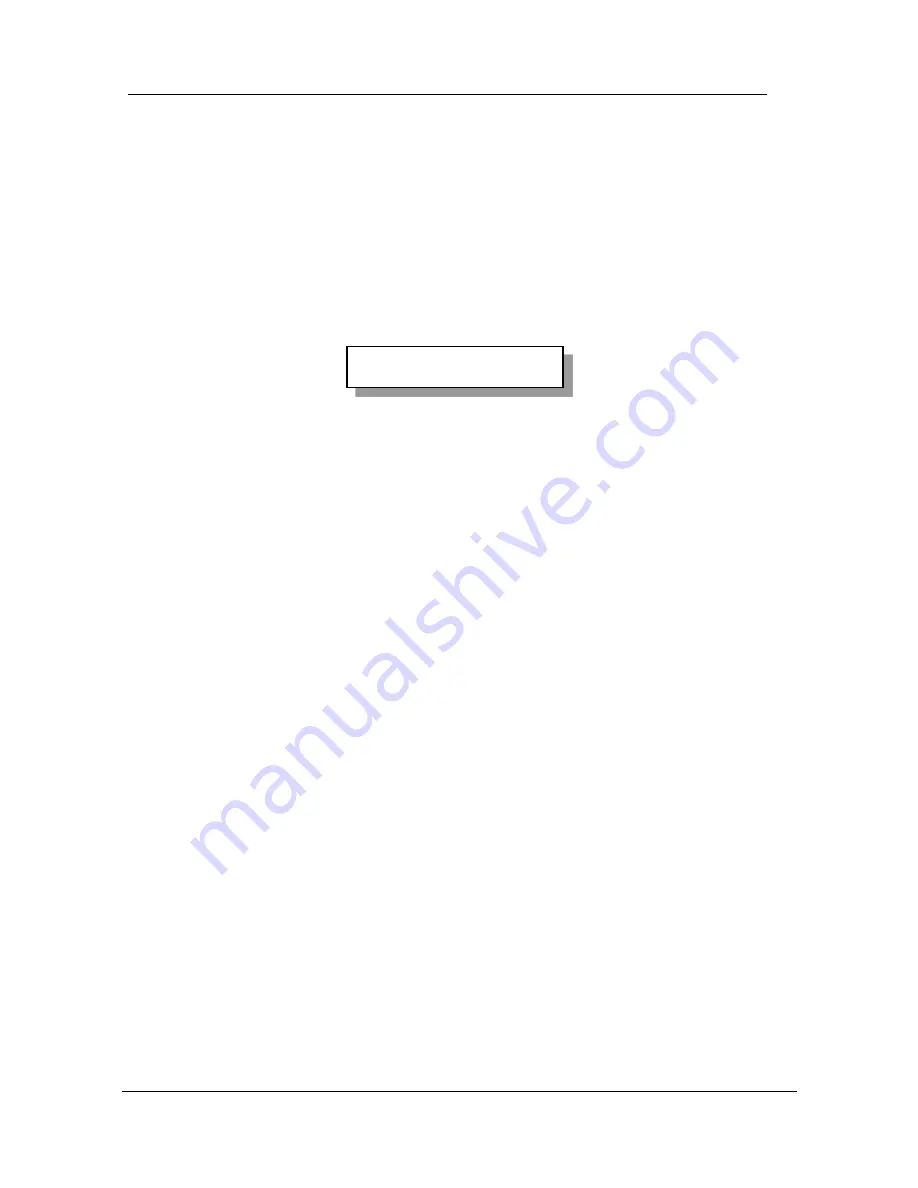
Pilot Operating Handbook
Section 7
TL-2000
Sting
Systems Descriptions
Notice! The information contained in this document is for reference and information only.
The pilot is the final and only responsible party for the safe operation of this aircraft.
31 December 09 / Chg 5
______
7-14
Copyright © 2009 Reproduction of this document or any of its parts is forbidden.
CABIN HEATING AND VENTILATION
Outside air can be vented into the cockpit for cooling purposes by opening any of
three vents located in the canopy. Two are located next to either crew position
above the outboard armrest, and they can be opened simply by pushing them out
and rotating them to the desired position. Each side vent should be closed and
rotated down when parked for rain protection.
If they are closed and “aimed” forward, the canopy
fresh air vents may pop open at high speeds, The
resulting air pressure “pop” and noise may be
momentarily distracting.
The third vent is located at the front of the canopy for ventilation and de-fogging. It
can only be operated from the pilot’s position. A pull knob is located forward of the
left pilot’s armrest which is connected to the vent by a Bowden cable control wire.
By pulling the knob aft, the vent opens; to close the vent, push the knob forward.
Warm air for the cabin is directed from behind the engine’s radiator into an air
scoop. Ducting from this scoop carries the air to a heat box mounted on the
firewall. A valve inside the heat box is opened and closed by a Bowden cable
linked to a knob labeled Cabin Heat to regulate warm air entering the cockpit. By
pulling the knob out, warm air is allowed to flow into the cabin, and by pushing the
knob back in, the warm air is closed off and vented overboard. The air scoop can
be removed from the radiator for hot weather operation and allow full radiator
cooling for the engine.
BRAKE SYSTEM
The aircraft has two single-rotor, hydraulically actuated brakes located on the main
landing gear, one on each wheel. Each brake is connected to a brake piston
cylinder attached to the toe pedals of the rudder pedals. When the pilot presses
the left brake pedal, hydraulic pressure is sent down hydraulic line to the left wheel
brake pads, which in turn press on both sides of the rotor. The same process also
applies the right brake pedal to the right brake rotor.
NOTE


